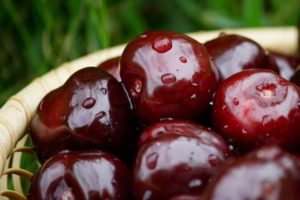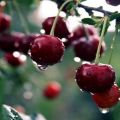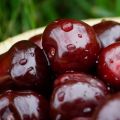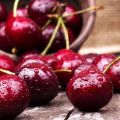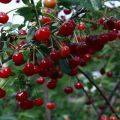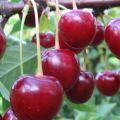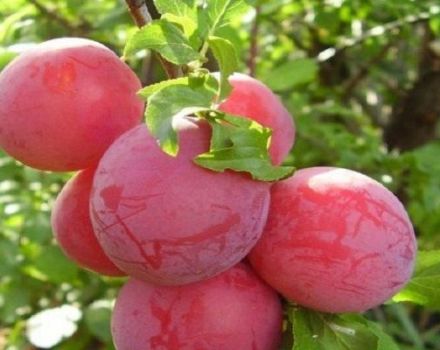Description of the cherry variety Shokoladnitsa, pollinators, planting and care
Modern breeders have bred a wide variety of varieties of fruit trees. One of the most common types of fruit trees is cherry. Due to its unpretentiousness, it is grown in all regions of Russia. The Shokoladnitsa variety has won special attention among the varieties of cherry trees. The variety was bred by Russian breeders relatively recently, but has already managed to fall in love among summer residents. This is not surprising, because the Shokoladnitsa cherry has a lot of advantages compared to other hybrids.
Selection and description of the variety
The Shokoladnitsa hybrid was bred in 1996 as a result of crossing the Black Consumer Goods and Lyubskaya varieties. The main goal of the new variety was to create a frost-resistant compact medium-sized tree with large berries.
The height of an adult tree reaches 2.5 m. The trees grow in 3-4 years and begin to bear fruit. Branches and leaves are glossy. Leaves with a sharp tip, emerald green. The kidneys are distinguished by an elongated pyramidal shape. They fit tightly to the branches. Inflorescences are light pink in color and consist of three petals.
The crown of the tree is characterized by a conical shape. Thickness of branches and leaves is average.
In appearance, the plant is an ordinary cherry, which differs little from other hybrids. Shokoladnitsa belongs to early ripening hybrids and the first red berries appear on the tree in the second decade of July. The yield is high, fruiting occurs in the 4th year after planting the seedling in a permanent place. Up to 11 kg of harvest is harvested from one tree. The berries are large, the average weight is 4-5 g. The skin is glossy, smooth. The pulp is juicy, with a barely noticeable sour aftertaste. Compared to other hybrids, Shokoladnitsa berries are very sweet.

Characteristics of Shokoladnitsa cherries
Before purchasing a cherry variety, it is important to study all the characteristics of the tree and berries. It is difficult to determine by the appearance of a seedling whether it is a good variety or not. Therefore, before buying a seedling and spending time growing it, it is recommended to take time to study the main features of the plant.
First of all, you should pay attention to frost resistance, yield, fruit ripening time, resistance to insects and diseases, and taste of berries.
Drought and frost resistant
One of the advantages of Shokoladnitsa cherries, in comparison with other cherries, is that Shokoladnitsa can withstand severe frosts in winter and rarely freeze even at low temperatures. In addition, the variety is resistant to dry and hot summers.
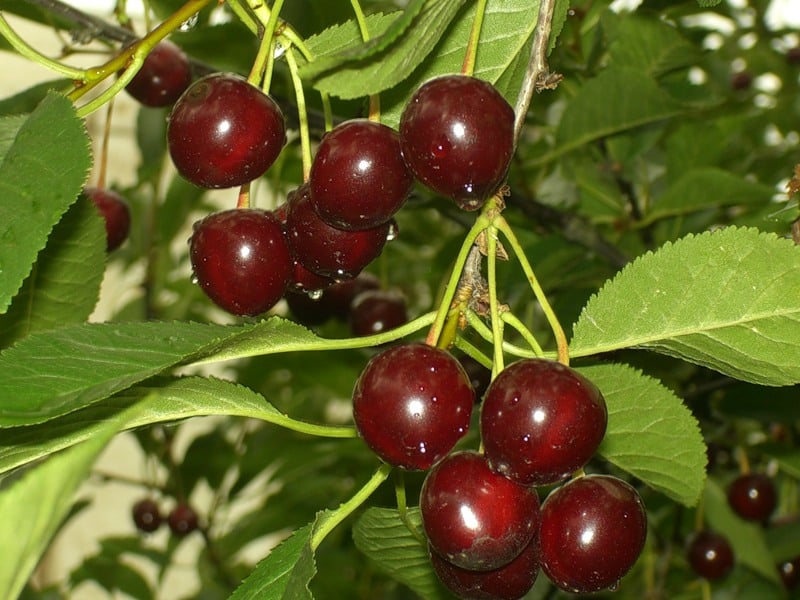
Pollination and flowering period
Mass flowering at Shokoladnitsa begins in the second half of May. If we talk about pollination, then the information is contradictory. Most official sources say that the hybrid is self-fertile. But some reviews of summer residents who grew a hybrid in their area note that without pollinators, the yield is extremely low.
Breeders, after conducting a number of studies, have come to the conclusion that various factors influence the degree of pollination. To increase yields, it is recommended to plant other pollinating trees near cherries, in which flowering coincides with the flowering period of Shokoladnitsa. For example, the proximity to the varieties Lyubskaya, Turgenevka or Sklyanka can increase yields.
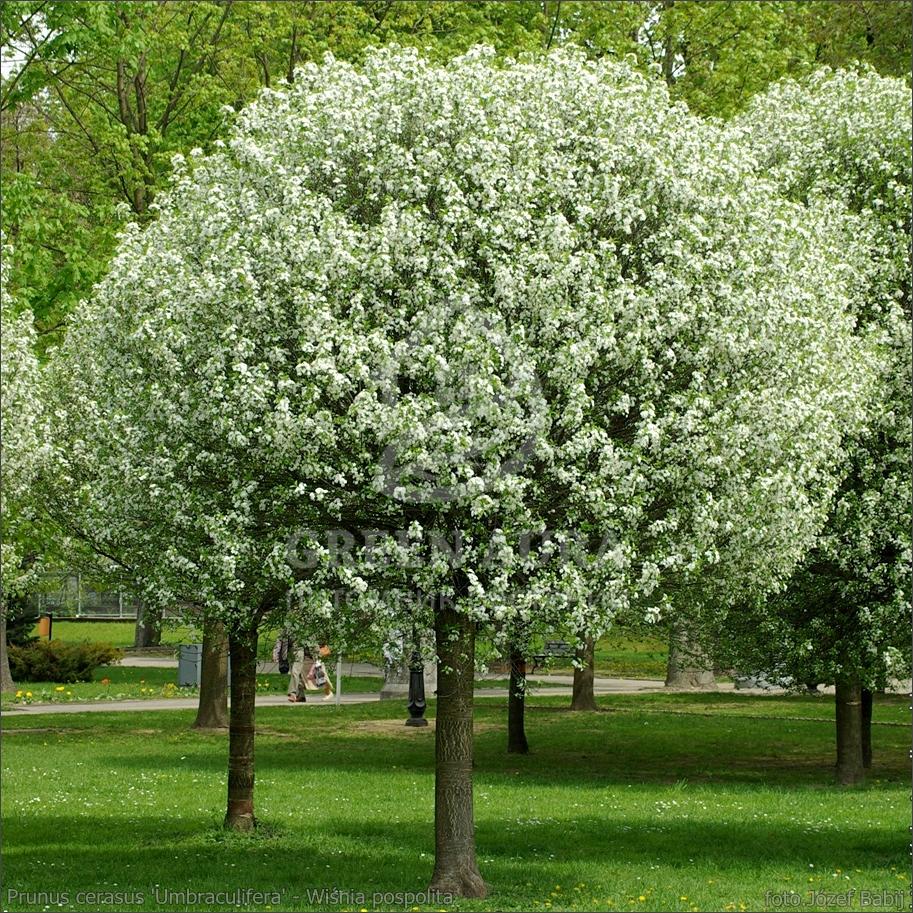
Berry ripening time
Depending on what year it is, the ripening time of the crop may vary. In most regions with a temperate climate, fruiting begins in the first decade of July. The harvest is fully ripe by the end of July. During the ripening of the crop, it is important not to water the tree, otherwise all the berries will disappear. Ripe berries are very sweet and juicy.
Harvest quantity and fruit taste
Up to 11-12 kg of harvest is harvested from one tree. The peel and pulp of the berries are of a rich burgundy hue. Because of this, Shokoladnitsa is often confused with cherries. The mass of one berry varies from 3 to 5 g. The pulp is dense, sweet, almost no sour taste is felt.
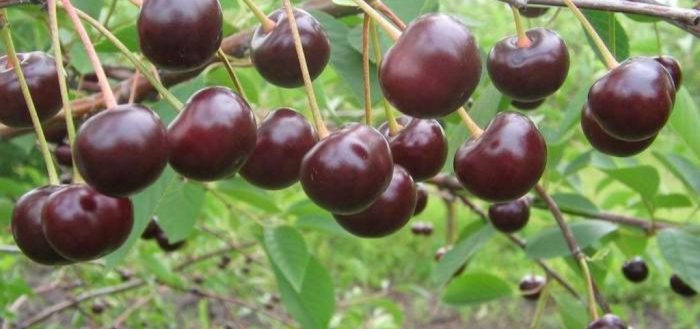
Reproduction methods
Cherry Shokoladnitsa reproduces in several ways:
- seedlings;
- cuttings;
- bones.
The easiest way propagation of cherries - seedlings... Seedlings can be purchased at the garden store. Planting a seedling is also not difficult.
Cutting also refers to simple methods. For this, shoots are prepared with the onset of the first days of July. Shoots that have just begun to harden at the base of the branches are suitable for future cuttings. Branches with shoots are cut 30 cm long. To accelerate the appearance of roots, branches are treated with a growth activator. The cuttings are planted in the soil to a depth of 2-3 cm.
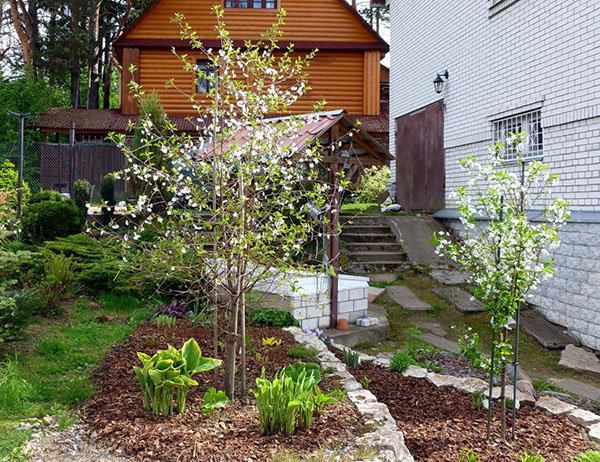
Propagation by seeds is carried out in the fall. To do this, the bones are separated from the pulp, placed in a solution of potassium permanganate. Then the bones are covered with wet moss or sawdust. In October, seeds are sown in the beds. In the spring, when sprouts appear, they are thinned out.
Disease immunity
The Shokoladnitsa hybrid is characterized by average immunity to moniliosis and coccomycosis. Trees are regularly examined to prevent the development of diseases. If spots appear on the leaves, and the fruits are massively crumbled, this indicates the appearance of insects or disease.
Optimal conditions and care for abundant fruiting
Cherries prefer to grow on neutral or slightly acidic soil. The soil should not be too wet. That is why it is not recommended to flood trees. The Shokoladnitsa hybrid is classified as light-loving, so the seedlings are planted in open sunny areas. The gardener needs to know that in the shade, the yield will be low, and the berries themselves are small. Several times a month, the soil around the trunk is loosened and all weeds removed. Leaving weeds in the garden increases the risk of harmful insects.
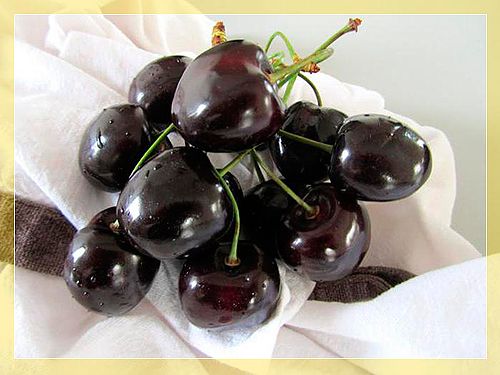
First of all, to increase the yield, mineral and organic fertilizing is introduced into the soil. Dry and diseased branches are cut annually.
Soil requirements
As mentioned above, Shokoladnitsa prefers to grow on neutral or slightly acidic soils. It is not recommended to plant seedlings in wetlands or near groundwater.Excessive soil moisture negatively affects the health of the tree. It is advisable to choose a loose and fertile soil. Cherry grows worse on heavy soils. Planting is carried out only in sunny areas.
Regularity and rates of watering
Due to their drought tolerance, trees can easily tolerate dry soil. Therefore, trees can be watered several times a month. If there is not much rainfall in summer, then the cherry is watered 4 times per season. The first watering is carried out immediately after flowering. The second time the plant is moistened in the second decade of June. The third watering is directly 14 days before the start of the harvest and the last time the plant is watered a month before the onset of autumn frosts.
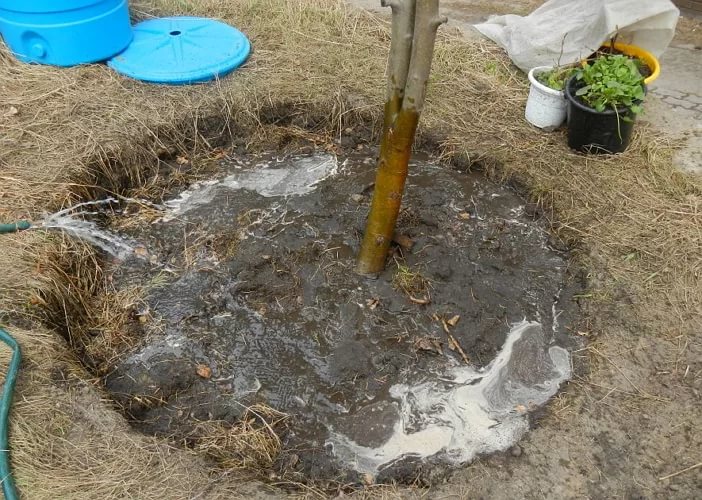
3-4 liters of water is enough for 1 tree. It is advisable to avoid waterlogging of the soil. Before watering, the soil near the trunk is loosened and weeds are removed. It is recommended to pour over the cherries with warm water. If cold water is used for humidification, the risk of fungal diseases increases.
Top dressing
To increase the yield, mineral and organic fertilizing is introduced into the soil several times per season. With the onset of autumn, 85 g of potassium and 250 g of phosphorus are introduced into the dug soil. Every three years, while digging up the soil, compost or humus is applied. In the spring, nitrogen-containing fertilizers are introduced into the soil in an amount of 60 g. Ammonium nitrate or urea is added to the soil.
During the growing season, fertilizing is applied to the ground twice. The first time the cherry begins to bloom and the second time two weeks after the flowering period to stimulate the formation of ovaries.
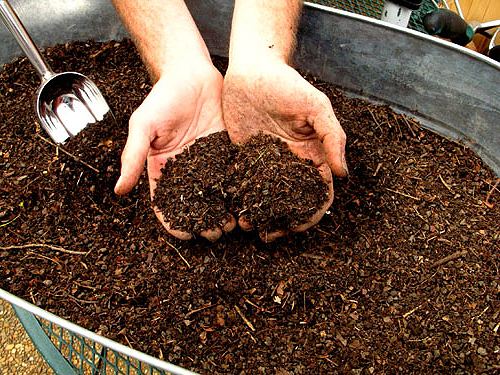
Used as fertilizers:
- 10 liters of mullein are mixed with 1 kg of wood ash and 50 liters of warm water are poured.
- The infusion is left for 4-5 days.
- After the fertilizer is ready, take 5 liters of infusion and 3 buckets of water per tree.
In addition, it is useful to use minerals. For example, 20 g of potassium chloride and urea are diluted in a bucket of water, 25 g of superphosphate are added. This solution must be applied in the same way as organic matter.
Preparation for wintering
Since Shokoladnitsa belongs to the winter hardy, before the onset of winter, special efforts are not required to prepare the tree for the cold. After harvesting, the soil is dug to a depth of 20-30 cm. Dry branches are also cut off before the onset of winter.
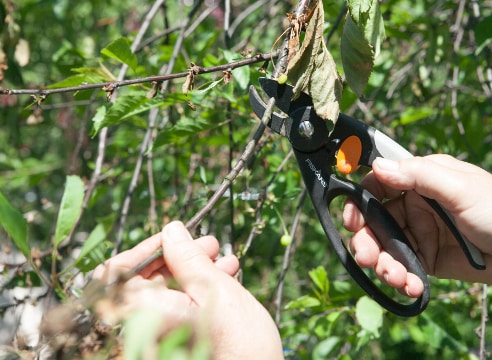
If the winters in the growing region are very cold, the soil around the trunk is mulched. The branches bend slightly before the onset of cold weather. Those branches that are more than 8 years old should be pruned. The pressed stems are covered with straw or hay. With the onset of winter, the areas around the trunk are buried with snow so that the roots do not freeze.
With the onset of autumn, young seedlings must be mulched with peat or a thick layer of sawdust and covered with a special cloth
Diseases of Cherry Chocolate Girls and the fight against them
Pests and diseases appear if the gardener stops caring for the tree. Most often, aphids and plum moths can be found on the tree. For these insects use a 3% solution of "Nitrafen" or "Intavir". After treating the tree with chemicals, the fallen insects are collected from the site.
Among the diseases, moniliosis and coccomycosis are common. To prevent the appearance of diseases, trees with the onset of the flowering period are sprayed with a 3% solution of Bordeaux liquid. During flowering, the Chocolate Girl is sprayed with the Skor chemical. After the flowering period, copper oxychloride is used for treatment.
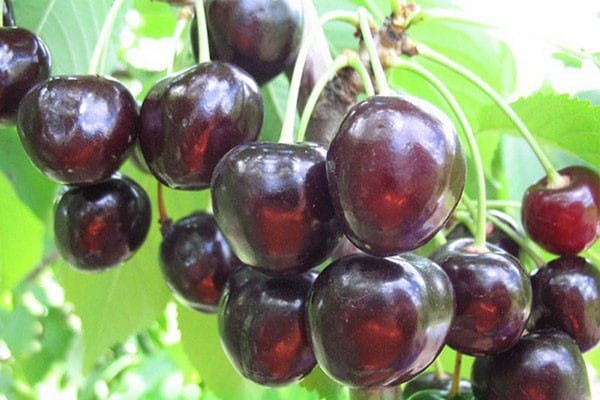
What problems arise when growing
Problems when growing Shokoladnitsa:
- cherry does not bear fruit;
- seedlings after planting do not take root well;
- low productivity;
- inflorescences do not bloom;
- little ovaries are formed on cherries;
- insects or diseases appeared on the plant;
- seedlings do not grow.
To avoid problems with the cultivation of cherry trees, they need to be looked after regularly.Timely application of fertilizers, properly organized watering and preventive measures against harmful insects and diseases of fruit trees help prevent problems with growing the Shokoladnitsa variety. Cherries will quickly die without proper care.
